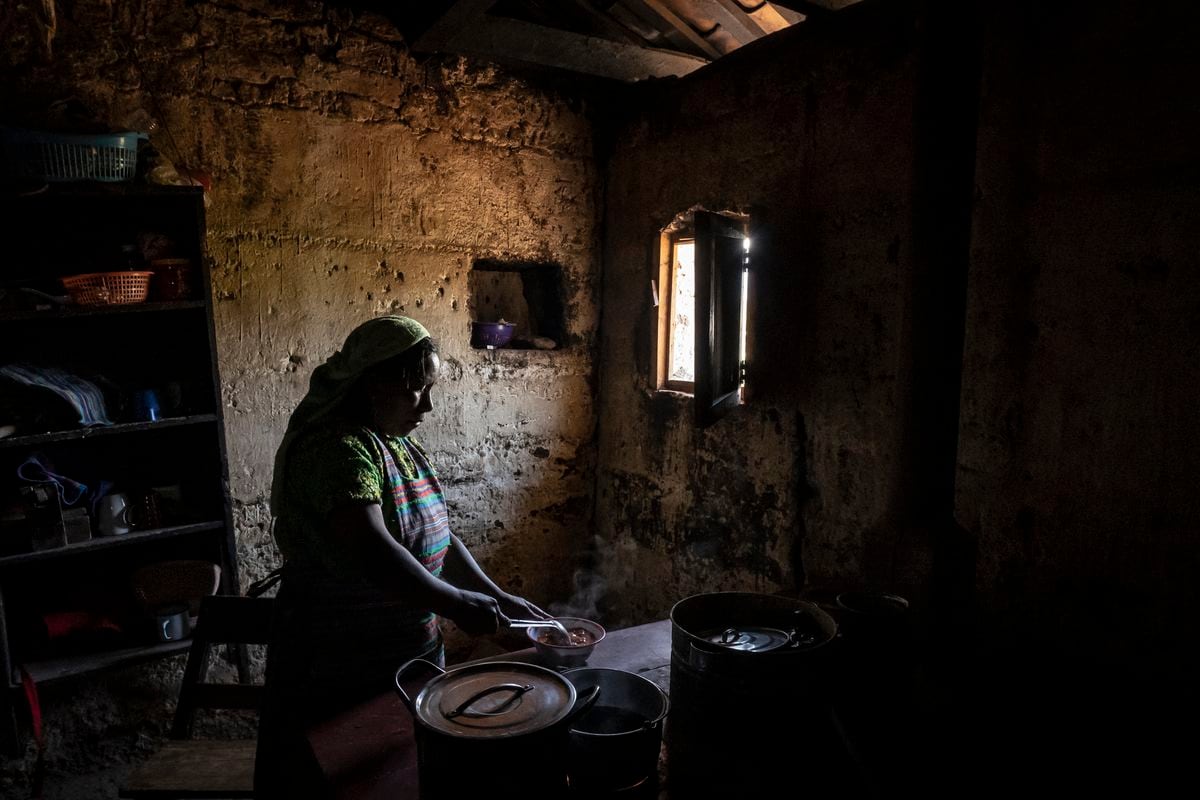02/21/2021 1:17 PM
Clarín.com
Economy
Updated 02/21/2021 1:17 PM
The industry was able to maintain the positive trend of November in December and
recovered its pre-pandemic levels
and even rose 1.1% compared to February 2020, the last month before the quarantine.
In December, manufacturing activity grew 4.8% year-on-year and 2.7% compared to November, the seasonally adjusted measurement.
With this recovery, the year ended with
an accumulated fall less than expected
, of 6.3%, similar to that of 2019, according to the annual report released this Sunday by the Argentine Industrial Union (UIA).
Despite the slight recovery, 2020 was the third year the industry has fallen.
In the last three years, the accumulated decline was 14.8%.
With respect to 2015, the fall is 18.5%, and 22.8% if the maximum reached by the sector in 2011 is considered.
"The performance of the year was characterized, on the one hand, by the strong contraction during the first semester, of 13.6% year-on-year, as a result of the strict isolation measures to deal with the health dimension of the pandemic," explains the report of the UIA.
On the other hand, he adds, during the second semester a stabilization was observed (+ 0.5% year-on-year), "which is framed in a context of rebuilding of stocks and recovery focused on some sectors with better prospects based on changes in patterns consumption (from services to durable goods), demand-side financing plans and
the high exchange rate gap
, which led to an acceleration in the processes of purchasing inputs and accumulating stocks ".
Evolution of industrial activity, according to the UIA's December 2020 report.
Meanwhile, demand is still at very low levels: private consumption accumulated a drop of 14.6% in the first three nine months of 2020. "Thus, even with this improvement, the year closes with most of the sectors down, "clarifies the UIA.
A few items could have risen year-on-year despite the strong contraction of the economy in the year of the pandemic.
This is the case of
Chemical substances and products (+ 6.1%),
products associated with cleaning supplies, which were sold more due to the pandemic, as well as the higher demand for agrochemical products.
On the other hand, the
pharmaceutical market
sales
registered an increase of 1.4%.
Lastly,
Tobacco Products
(+ 4.3%) posted an increase that is explained by the
strong rebuilding of stocks
after the plants stopped in April.
However, in recent months production has stabilized at levels similar to those recorded prior to the pandemic.
The
Food and beverages sector (-0.2%)
closed slightly downward, although with different behaviors: while it was driven by the
increase in wines, chocolates, dairy for export, rice, spirits and meats
, other massive products such as infusions (tea, coffee and yerba mate), soft drinks and baked goods were affected by the drop in demand as well as by
restrictions due to maximum prices,
the report said.
"All this framed in a context where
costs increased to a greater extent than inflation."
However, excluding oils that were affected by the union conflicts that occurred in December, the sector would have registered a rise of 1.5% in the accumulated of the year.
On the other hand, there are sectors that, despite having been greatly affected in the first months of the confinement, managed to recover a large part of what was lost and moderate their year-on-year decline during 2020.
For example, the decrease in
Paper and cardboard (-3.7%)
rested on the strong contraction of paper for newspapers and printing papers, since paper for packaging and paper for corrugated remained practically stable and tissue paper expanded throughout the period. throughout the year.
The contraction of
Non-metallic Minerals (-7.5%)
was explained by lower cement shipments (- 1.1%) as well as by the reduction in the industry of supplies, materials and products used in construction (-5, 7%).
Despite the recovery in the last months of the year,
the sector was at the lowest level since 2009.
In
Metalworking (-9.3%)
all sub-items contracted during 2020, with the
exception of agricultural machinery, and coachwork and trailers.
Finally, there is a group of sectors that recorded significant year-on-year declines, such as
Oil refining (-12.9%)
, in which restrictions on mobility had a full impact on the demand for crude, also reducing production.
Meanwhile, in the
Automotive block (-18.7%)
the strong upturn in the last quarter of the year was not enough to offset the historical slowdown during April and part of May.
Thus,
three consecutive years of decline
were accumulated
and production was at the lowest level since 2004.
Finally,
the steel industry (-22.1%)
fell primarily due to low aluminum production and weakened demand for hydrocarbons, given that crude steel production managed to recover during the last quarter of 2020.
• The use of installed capacity in the industry reached an average of 55.7% in the year, registering the same levels as in 2002. The use was reduced by 3.7 percentage points compared to 2019, accumulating three consecutive years down .
However, in December it was 58.4%, 1.5 points above the same period of the previous year.
• Regarding external demand, 2020 further aggravated the delicate outlook for industrial exports, and closed with a drop in manufacturing exports of 18.7% annually.
The decline affected both exports of agricultural origin (-9.1%) and industrial (-30.7%).
In volume, total exports accumulated a fall of -15.7% and reached the lowest volume since 2006.
NE
Look also
Profits: Toyota's factory is paralyzed again
One by one, who are the members of the Economic and Social Council









